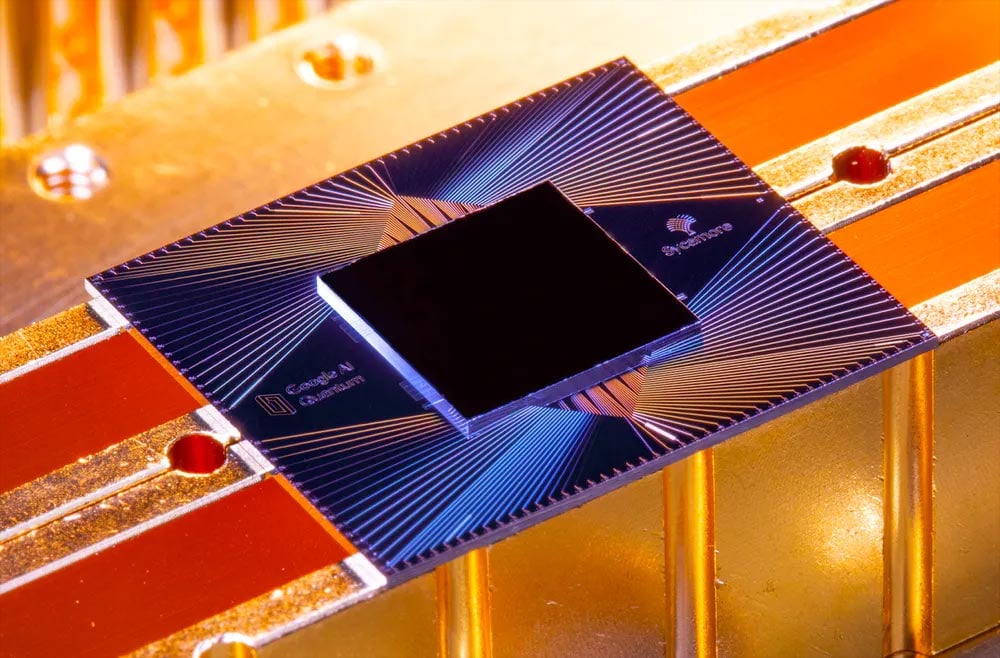

Thereofre there is no way to correct this error. Leakage into non-computational states threatens the stability of quantum error correction. Conclude that and ’ have a high inner product (>0.1). A decoding error will only occur when k > t.
Correlated errors quantum error correction code#
Use the controlled phase errors to make the phase of the two vectors close to each other. Such a quantum code will be adequate to diagnose and remove the most probable correlated errors for which k < t. the exponential decay of correlations of errors seems to be an idealization. = ai |i = bi |i | ai bi | ≥ 1/2 19Ģ. The construction and investigation of QBECCs have received far less attention, compared to the development of standard QECCs or entanglement-assisted QECCs 13, 5, 14, 6, 15, 16, 17.Many important questions remain open. ory of fault-tolerant quantum error correction (FTQEC) is rather daunt. In any vector space of dimension 2, there are two-codewords , such that the inner product of their magnitudes is big. Specifically: we study noise on a single qubit that is controlled by all other qubits.ĥ Controlled qubit flip Ei,S for i, Sn define: ES1,…,S4|v = eik|v for vSk 1 =0, 2 = /2, 3 = , 4 = 3/2 Thm: A QECC that 0.1-corrects the class of errors defined above has at most one codeword. Restricted can be approximately corrected. Approximate ECC may be much more powerful than perfect ECC.Ĥ In this talk We ask whether errors that are Highly correlated : An approximate QECC that can correct about n/2 errors. There are QECC of length n that can correct (n) errors.ģ How many errors? No QECC can of length correct n/4 errors. Presentation on theme: "Approximate quantum error correction for correlated noise"- Presentation transcript:ġ Approximate quantum error correction for correlated noiseĪvraham Ben-Aroya Amnon Ta-Shma Tel-Aviv UniversityĪllowed error – any combination of noise operators that act on at most t qubits.


 0 kommentar(er)
0 kommentar(er)
